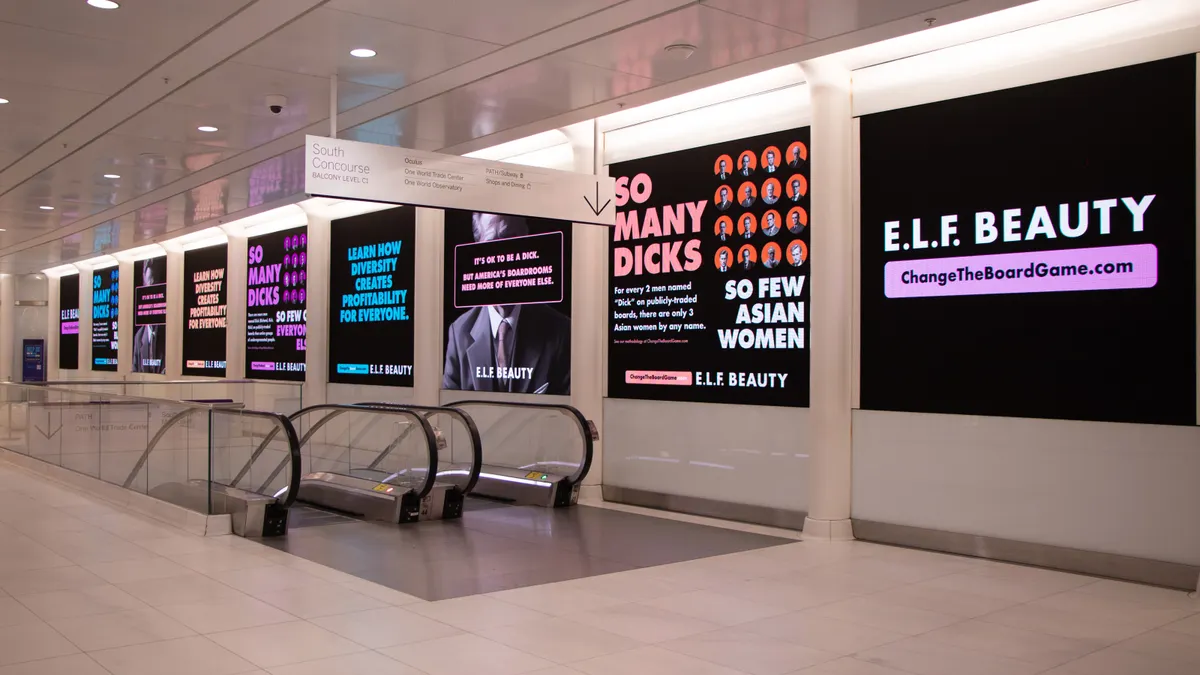Brief:
-
Snapchat, the image-messaging company that lost as much as 30% of its value since going public in March, added a feature to its ad-management system to let big sponsors rapidly deploy complex ad campaigns with multiple creative variations. The “Advanced Mode” in Snapchat Ads Manager is first being offered to a few marketers before a wider release in August, the company said in a blog post.
-
With the new advanced mode, marketers can create lists of favorite Snapchat audiences, use spreadsheets to quickly create new campaigns, save target audiences for future campaigns, manage creative assets and get more in-depth analytics.
-
WPP’s CEO Martin Sorrell on Friday said the company planned to double its Snap ad buy from $100 million in 2016 to $200 million in 2017. He also said WPP will spend $2 billion on Facebook ads this year, CNBC reported.
Insight:
Snap, which reports Q2 2017 earnings on August 10, has faced steadily diminishing expectations from investors since going public. Its expanded ad-management capabilities are one way for Snap to appeal to more sophisticated advertisers that may be considering bigger ad buys on the service.
The “Advanced Mode” feature shows how Snapchat can learn from Facebook, which has copied several Snapchat offerings to lure its audience over to Instagram and Facebook Messenger.
Facebook six years ago debuted its Power Editor before adding direct ad sales, self-serve ads and a self-serve application program interface, TechCrunch reported. Snap offered direct ad sales in 2014, then an Ads API last year before testing a self-serve tool in May. Snap recruited its first chief operating officer, Emily White, from Instagram and later hired Facebook Audience Network head Sriram Krishnan to work on its ad tools.
Snap wants to find more ways to monetize its mostly millennial audience as the company faces a growing threat from Facebook's Instagram. Instagram Stories, a feature that mimics Snapchat Stories for collections of photos and videos, now has 250 million daily users, exceeding Snapchat's 166 million.
Morgan Stanley in July listed several reasons for disappointment in Snap, starting with poor ad completion rates. Snapchat at one time was appealing to marketers that wanted to place their ads between user-generated content, making those ads feel more personal to users than other social media platforms. Snap also promised access to the millennial consumer bracket that's steadily shunning traditional media like TV, but completion rates have been lower than expected, Morgan Stanley said, making advertisers turn to Instagram and Facebook for higher completion rates.












